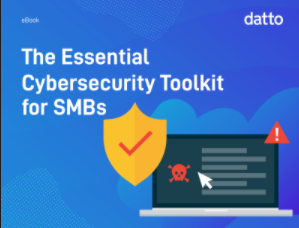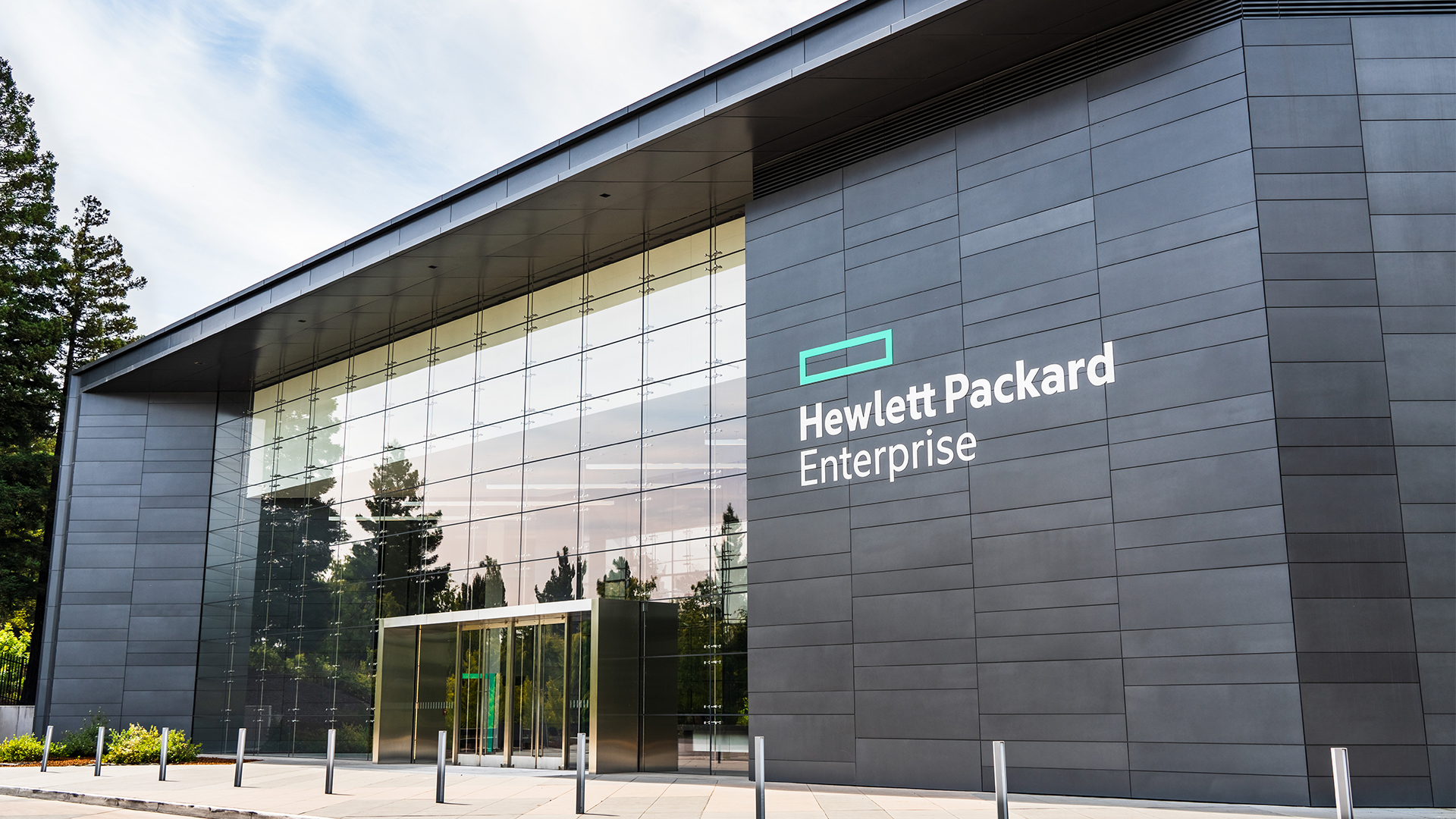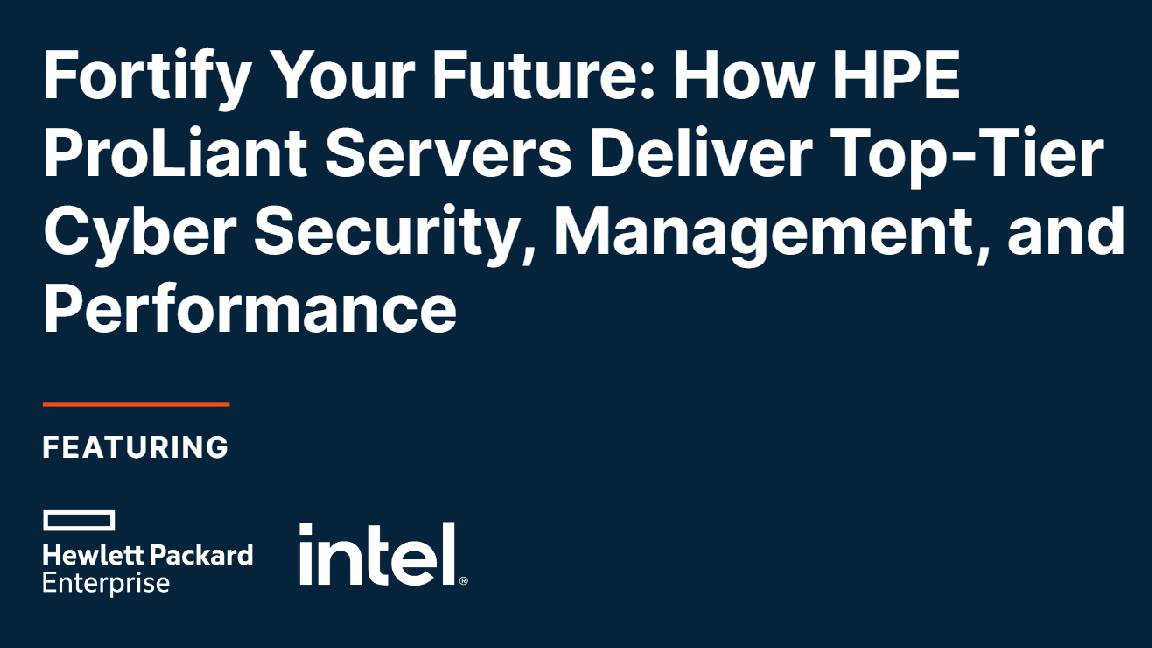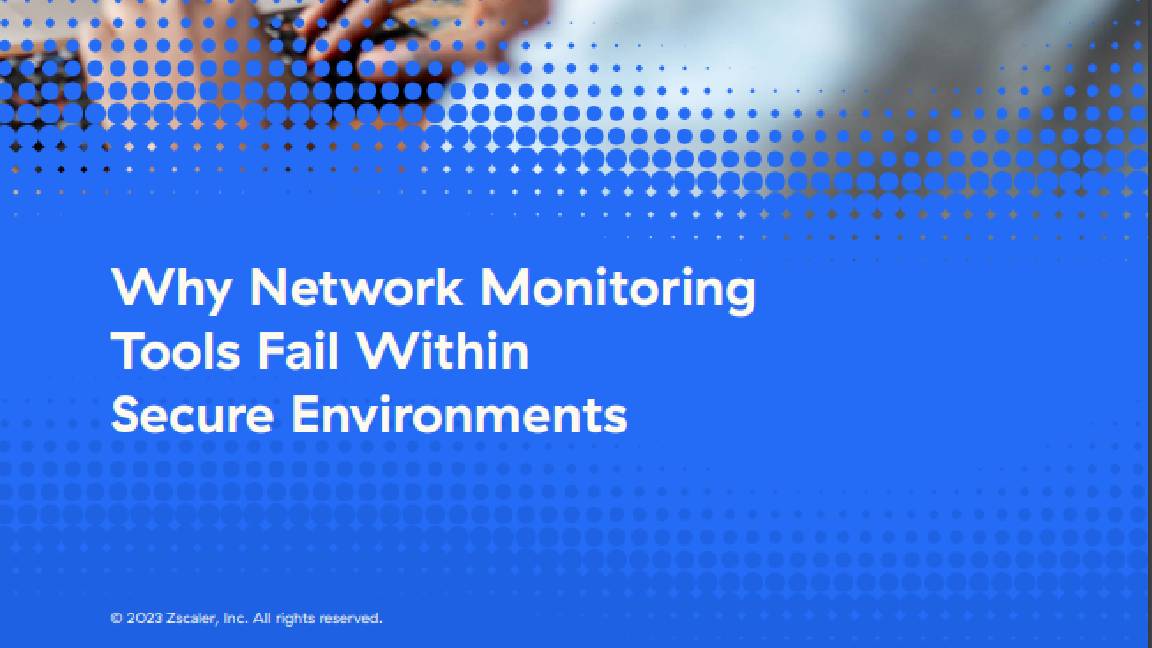How to choose networking software for your business
A healthy network is a productive network – and, therefore, a profitable one. Here's what to look for in a network monitoring system


Downtime isn’t just a pain – it can be a catastrophe for a small business. Aside from the direct loss of productivity, going offline can harm your reputation and frustrate your customers, prompting them to take their business elsewhere.
It’s essential, therefore, to keep your network healthy, and not just through reactive firefighting. Network monitoring software
RELATED RESOURCE

The essential cyber security toolkit for SMBs
Practical tips for cyber security training
can help by quickly alerting you to problems, and even flagging up potential failures before they happen, by spotting issues such as sluggish response times, overloaded application servers or low storage capacity.
This month, we look at three of the top monitoring solutions on the market from ManageEngine, Paessler, and Progress Software. All of them offer a wealth of features to help keep your network ticking along smoothly, and we put each of them through its paces in the lab to help you choose the perfect one for your business.
Safety first
Network monitoring software talks to the devices on your network using the Simple Network Management Protocol (SNMP). Infrastructure devices such as routers and switches normally ship with this service disabled, so you’ll need to enable it on each one to allow your network monitoring solution to connect and collect information. Where possible, it’s best to use SNMPv3 because this requires authentication before devices start spilling their innermost secrets. Legacy devices generally only support older versions of the protocol, but you can improve security by changing the read-only community name from the standard “public” to something less guessable – and don’t set a read-write community name, as this isn’t needed.
You can also use SNMP to monitor Windows workstations, but you’ll need to install it from the Server Manager app – and for security’s sake, we suggest you set it to accept queries only from the IP address of your monitoring host. Alternatively, you can use the Windows Management Instrumentation (WMI) service: this is Microsoft’s standard interface for monitoring Windows Server systems and Hyper-V hosts, and is enabled by default.
Whichever approach you use, remember that you’re giving your network monitoring software high-level access to a lot of critical devices and computers – so access to its administrative console should be firmly locked down. Ideally, look for an option to configure multiple users or roles with different access levels, so you can safely delegate functions such as viewing and reporting.
Get the ITPro daily newsletter
Sign up today and you will receive a free copy of our Future Focus 2025 report - the leading guidance on AI, cybersecurity and other IT challenges as per 700+ senior executives
The surprise of elements
One of the most confusing aspects of network monitoring isn’t technical – it’s the proliferation of licensing models. Certain packages charge per element, node or sensor (all of which effectively mean the same thing): a single sensor might track hard disk usage, service performance or network traffic. Other providers offer device licences, which cost more but allow you to monitor every aspect of a nominated device.
Thus, depending on which system you’re using, the number of licences you need can vary enormously. One sensor-based product identified no fewer than 767 separate elements in our lab, while a device-based product covered the same network with just 39 licences.
To find the best solution for your particular business, stay focused on what you want to monitor. If you want to keep tabs on absolutely everything, a device-based product is likely to be better value, but if you’re willing to be selective, a sensor-based licence is almost certain to be more cost-effective.
The greatest discovery
Once you’ve installed the software and enabled SNMP, there’s not much else to do. You don’t need to explicitly point the software at the devices that need monitoring, as it will discover them for you. Simply provide the IP address ranges to scan, along with the relevant credentials, and it will start finding and querying clients.
Once that’s done, however, you may want to customise the console dashboard. Network monitoring tools can scrape up an overwhelming amount of data: setting up colour-coded icons and bespoke layouts helps ensure that the most important systems are front and centre.
Of course, you don’t want to be blindsided by issues arising from unexpected quarters, either. Look for “Top 10” dashboards, which track metrics such as which systems have the highest CPU, memory, disk and network utilisation – indicators that problems may be on the horizon.
Look into each package’s alerting features too: these can provide peace of mind that, if a serious problem arises, you’ll know about it right away, rather than the next time you happen to open the console. Options range from sending an email or SMS to posting an alert in other products such as Microsoft Teams, Slack or ServiceNow when a device goes down or a monitored value breaches a preset threshold.
Hidden costs
Few modern businesses rely solely on their internal networks: you may also want to keep an eye on cloud services such as Amazon AWS, Microsoft 365 and Azure. Some products include monitoring for these facilities as standard, while others offer application and cloud monitoring services as add-ons. Although these cost extra, the degree of insight into what’s going on in the cloud could justify the expense.
A final consideration is whether you want the ability to check up on network health from your mobile device. Most vendors offer free dashboard apps for iOS and Android, but not all, so it’s worth double checking.
Clearly, when it comes to network monitoring there’s a lot to think about – but all of the products on review this month are available as free, time-limited evaluations, so you can try out your chosen package and make sure it suits your needs. Read on to see which one will keep your business network in tip-top shape.
Dave is an IT consultant and freelance journalist specialising in hands-on reviews of computer networking products covering all market sectors from small businesses to enterprises. Founder of Binary Testing Ltd – the UK’s premier independent network testing laboratory - Dave has over 45 years of experience in the IT industry.
Dave has produced many thousands of in-depth business networking product reviews from his lab which have been reproduced globally. Writing for ITPro and its sister title, PC Pro, he covers all areas of business IT infrastructure, including servers, storage, network security, data protection, cloud, infrastructure and services.
-
 AI is helping bad bots take over the internet
AI is helping bad bots take over the internetNews Automated bot traffic has surpassed human activity for the first time in a decade, according to Imperva
By Bobby Hellard
-
 Two years on from its Series B round, Hack the Box is targeting further growth
Two years on from its Series B round, Hack the Box is targeting further growthNews Hack the Box has grown significantly in the last two years, and it shows no signs of slowing down
By Ross Kelly
-
 HPE eyes enterprise data sovereignty gains with Aruba Networking Central expansion
HPE eyes enterprise data sovereignty gains with Aruba Networking Central expansionNews HPE has announced a sweeping expansion of its Aruba Networking Central platform, offering users a raft of new features focused on driving security and data sovereignty.
By Ross Kelly
-
 Extreme Networks targets simplicity with Platform ONE for MSPs
Extreme Networks targets simplicity with Platform ONE for MSPsNews Extreme Networks has announced a new program for MSPs which includes access to its Extreme Platform ONE to address cost challenges.
By Daniel Todd
-
 Zyxel Networks targets cloud networking growth with new partner program
Zyxel Networks targets cloud networking growth with new partner programNews The revamped initiative places an increased focus on the firm’s Nebula cloud platform
By Daniel Todd
-
 Closing the connectivity gap
Closing the connectivity gapWhitepaper Five reasons full fibre broadband is a game changer for your business
By ITPro
-
 Fortify your future: How HPE ProLiant Servers deliver top-tier cyber security, management, and performance
Fortify your future: How HPE ProLiant Servers deliver top-tier cyber security, management, and performanceWhitepaper Deploy servers with a secure approach
By ITPro
-
 Fortify your future with HPE ProLiant Servers powered by Intel
Fortify your future with HPE ProLiant Servers powered by IntelWhitepaper Enhance your security and manage your servers more effectively
By ITPro
-
 Architecting enterprise networks for the next decade
Architecting enterprise networks for the next decadeWhitepaper A new paradigm in network architecture
By ITPro
-
 Why network monitoring tools fail within secure environments
Why network monitoring tools fail within secure environmentsWhitepaper Gain visibility into devices, networks, and applications
By ITPro